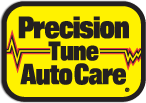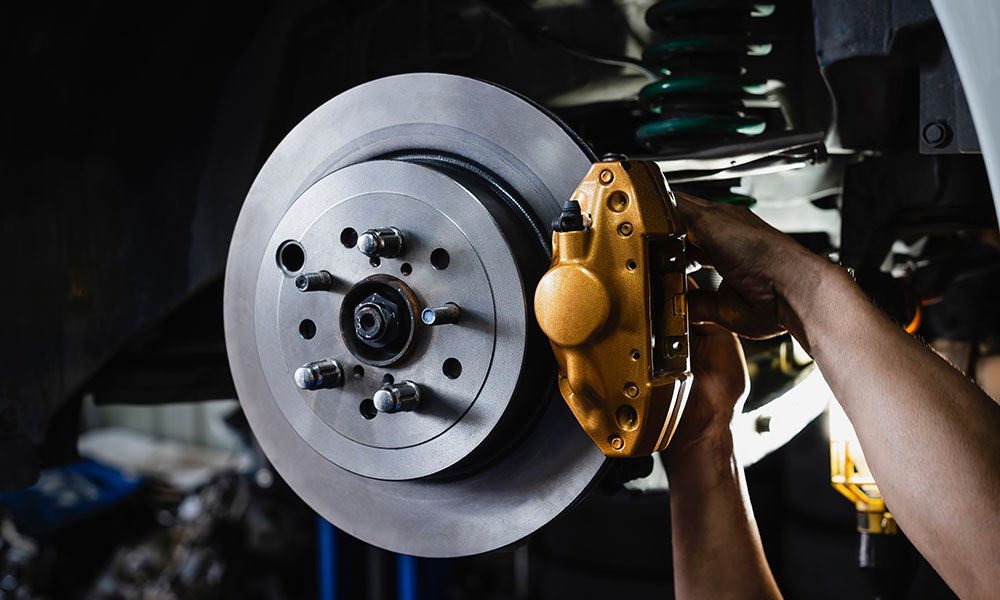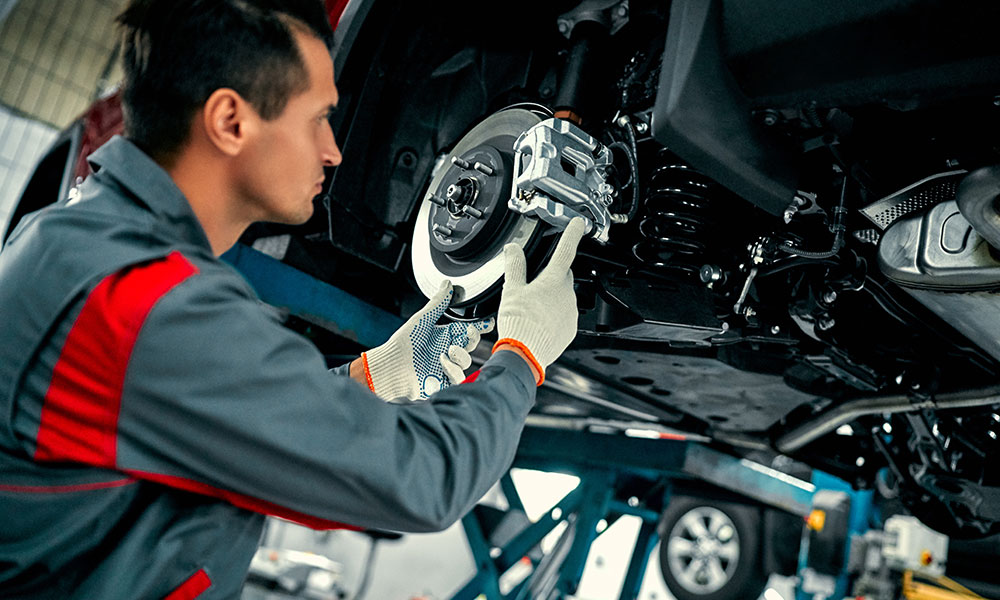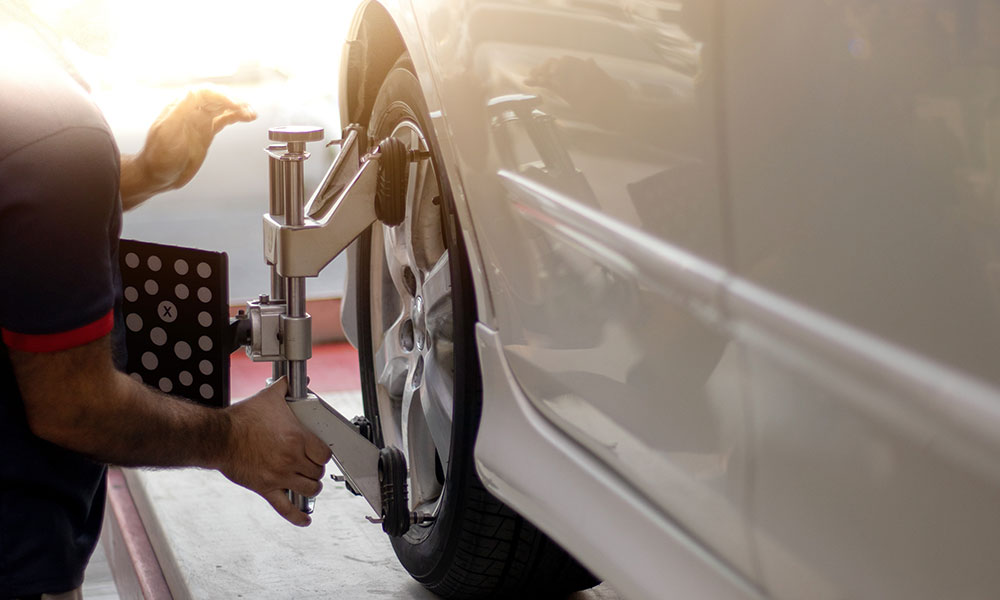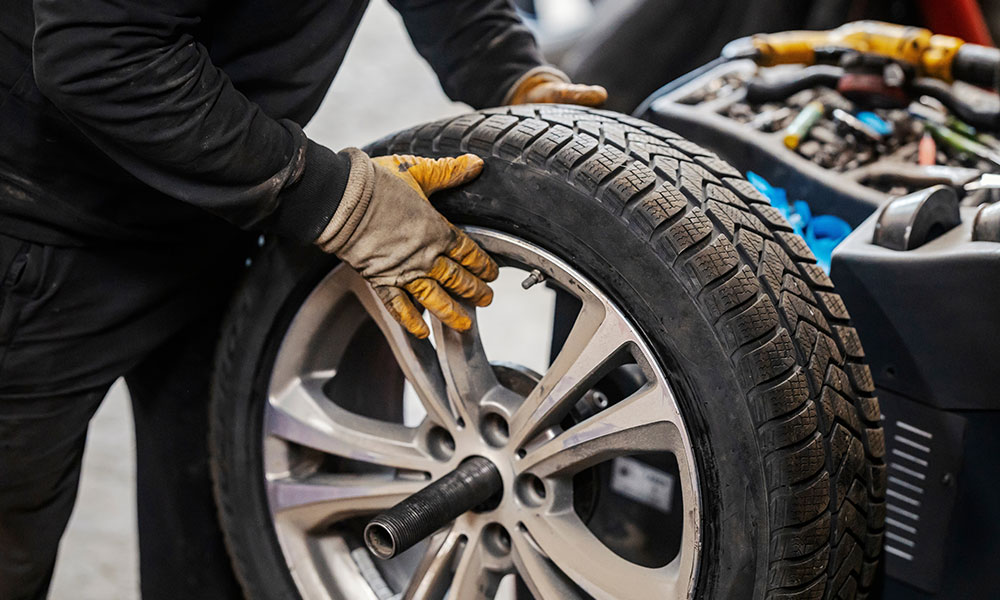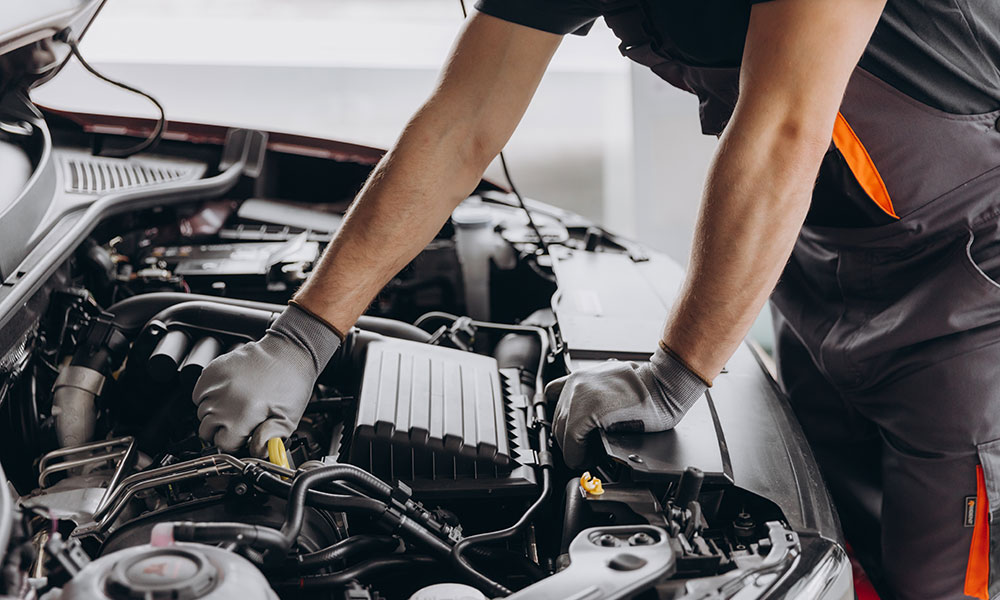When it comes to safety, no part of your vehicle is more important than the brakes. They should be inspected at least once a year to determine the condition of the hydraulic system and operating hardware. While the entire braking system requires attention, the friction materials – the pads, shoes, rotors and drums – require constant attention because they wear down each time you apply your brakes.
How can I tell when my brakes need servicing?
- The brake pedal can be depressed nearly to the floor.
- You hear a squealing or other unusual noise when you apply the brakes. Some brands of brake pads have a built-in device that produces a high-pitched squeal when the brake pads are wearing thin.
- The car pulls to one side when you apply the brakes.
- You feel a grinding or bumpy sensation as you come to a stop.
- In general, if there is something about your brakes that is making you uncomfortable, you should have them inspected.
All of the parts we install are guaranteed to meet or exceed manufacturer’s standards. If you wish, we’ll return your old brake parts to you.
This service, like all services performed at Precision Tune Auto Care, is advised based on manufacturer’s recommendations, or as needed as determined by our inspection and based on industry standards.
